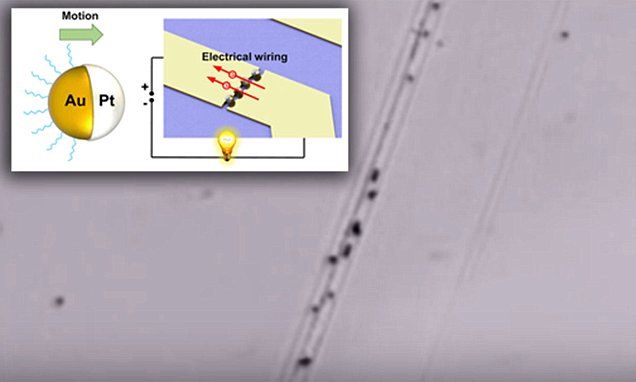Mar 30, 2016
Planet 9 May Hail From Sun’s Stellar Birth Cluster
Posted by Bruce Dorminey in category: space
Planet 9, if indeed it’s out there, may have been stripped from one of our Sun’s stellar siblings, very early in the life of our solar system. The idea is that the Sun’s original birth cluster of at least a 1000 stars was pretty crowded and there was ample opportunity to gravitationally strip a planet from a stellar brother or sister. But guess stars don’t get jealous, eh?
A possible super-earth lying on our solar system’s outer fringes may have been captured from a star in our Sun’s original stellar birth cluster, Alexander James Mustill, an astronomer at Lund University in Sweden, tells me.
Even though Planet 9’s existence still remains up for debate, a growing body of evidence for nearly decade now indicates the presence of a planet some 10 times the mass of Earth that orbits the Sun at a distance of up to 900 astronomical units (or Earth-Sun distances).
Continue reading “Planet 9 May Hail From Sun’s Stellar Birth Cluster” »

















